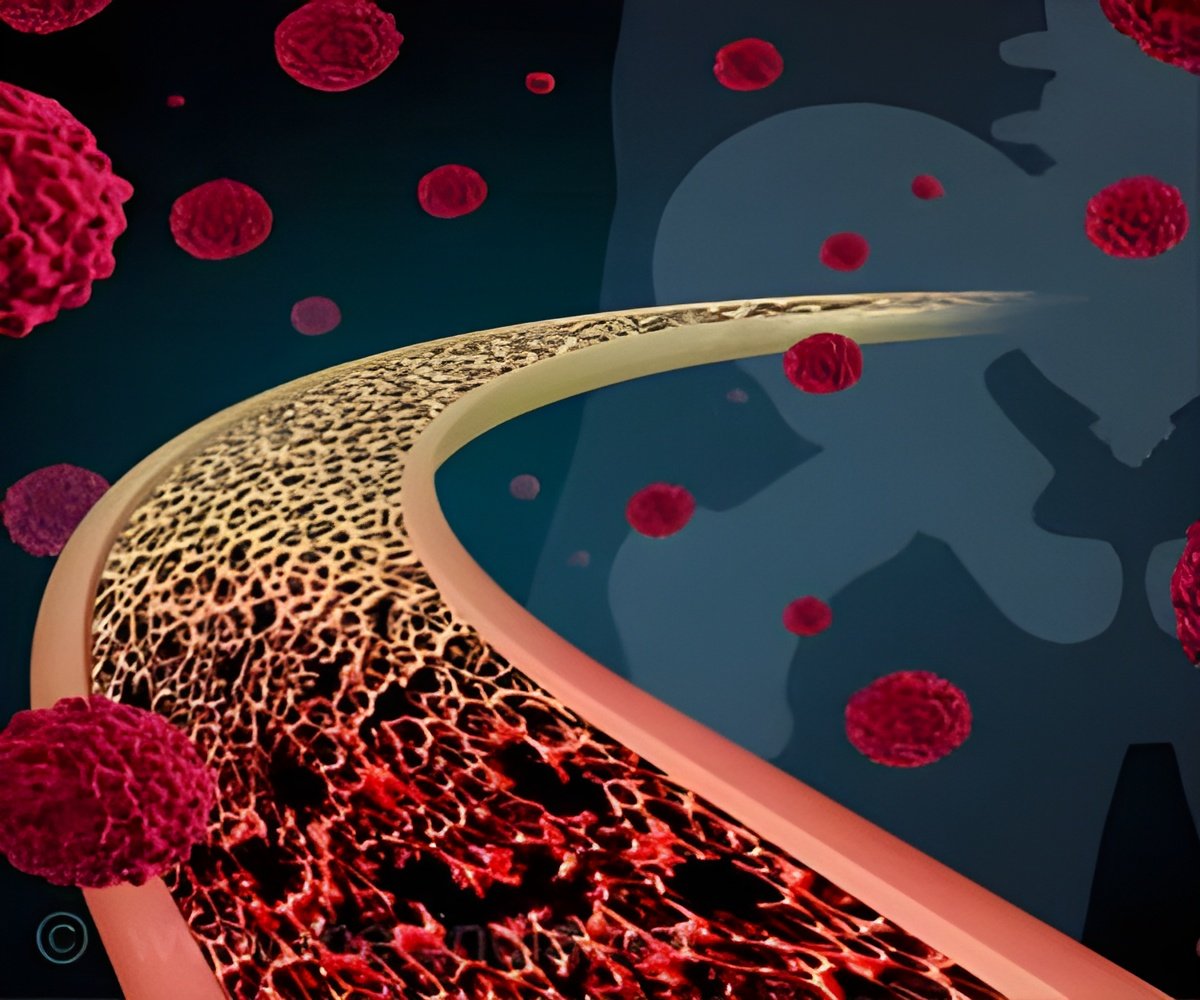
‘Researchers from Shanghai Jiao Tong University have developed a technique that produces 3D bioprinted bone-repair "scaffolds" that are infused with bone marrow stem cells, bone morphogenic protein-4 and macrophage.’
Read More..Tweet it Now
"We tried multiple variations on the proportions in the recipe and found one where we were able to observe really impressive new bone formation in our test mice," says Jinwu Wang, Director from Innovative Medical Device Registration Research and Clinical Transformation Service Center at Shanghai Jiao Tong University and corresponding author of the study.Read More..
Diabetes can increase the risk of bone fracture by 20 percent to as much as 300 percent in some patients. On top of this, bone regeneration under the high-glucose conditions common to those with the disease is markedly impaired, leading to high rates of bone defects.
Attempts have been made to use conventional 3D printing to fabricate bone scaffolds to accelerate bone defects repair. The technology allows the printing of scaffolds with precisely controlled shape and structure.
But in diabetes patients, the environment in the body surrounding the bone defect can become inflamed as a result of the disease producing an abnormal ratio between two types of macrophage that play a key role in managing the inflammation process.
This results in inflammatory damage to the body that cannot be repaired by the body itself. The inflammation in turn can also cut off blood vessels or prevent the development of new ones.
Advertisement
Unfortunately, to be successful, these bio-inks need to have good 'printability', good mechanical stability once printed, and good biocompatibility (the ability to support cells growth). And those that have so far been tested out can only do one or two of the three.
Advertisement
They load the bio-inks with bone marrow mesenchymal stem cells, bone morphogenetic proteins-4 (BMP-4) and the macrophage to rescue dysregulated inflammation.
In addition, to extend the period over which the bone formation can occur, they added a drug delivery system to the recipe: mesoporous silica nanoparticles--inorganic nanoparticles that have been used for the delivery of drugs.
In the follow-up research, the researchers aim to design and print a biological scaffold with an improved pore structure to permit even better blood flow inside the scaffold, which should boost immune system regulation, and better promote development of both bone and blood vessels.
With these additional effects, the technique will accelerate bone repair still further.
Source-Eurekalert












